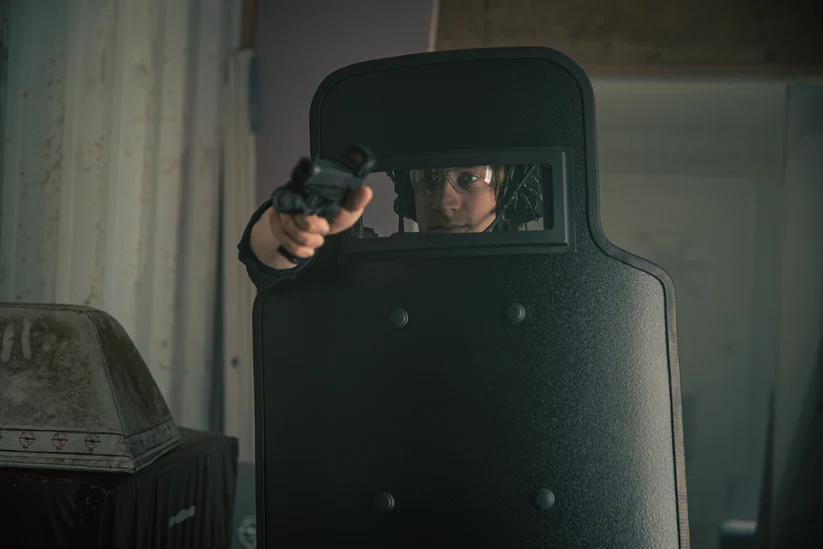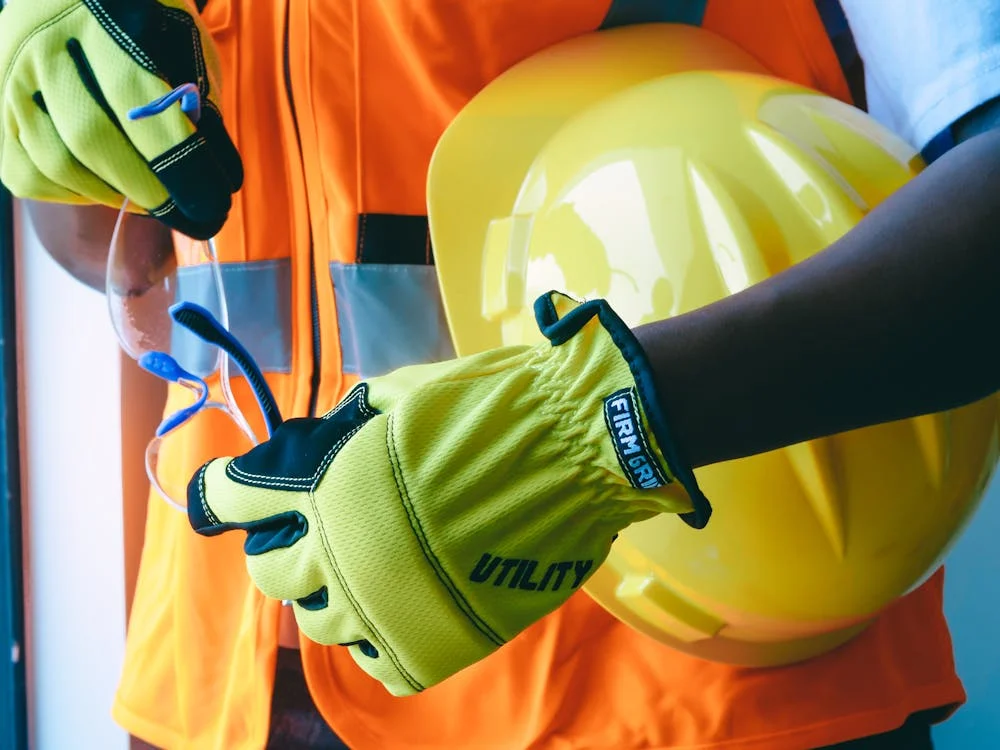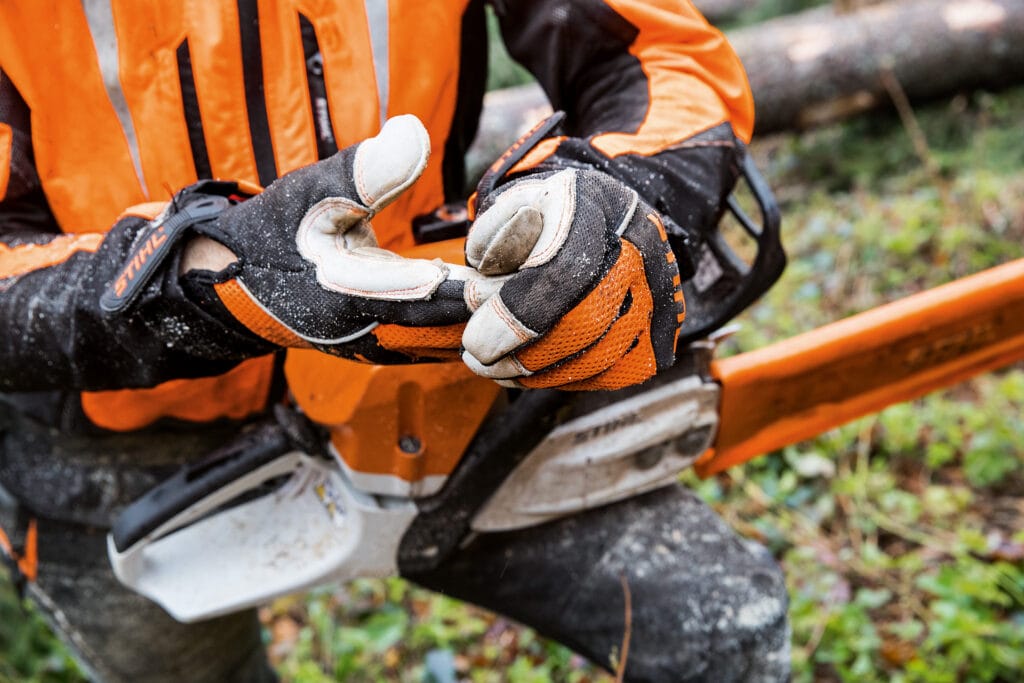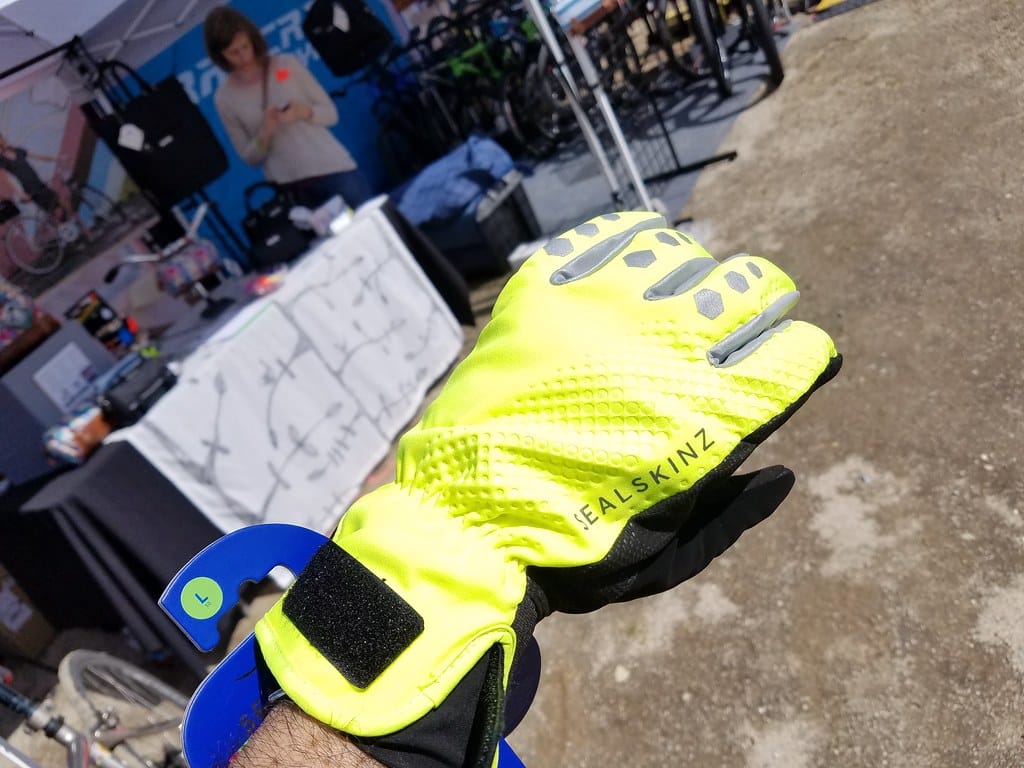
Even the best tactical gear won’t last forever—but how you care for it can double its life.
Whether it’s an FR combat shirt, camo field jacket, or MOLLE vest, tactical clothing is built tough—but not indestructible. Without proper washing, repair, and inspection routines, performance drops, safety is compromised, and replacement costs skyrocket.
Let’s explore how to care for tactical garments the right way—from daily field tips to long-term lifecycle planning.
Why Tactical Clothing Needs Specialized Maintenance
Unlike regular workwear, tactical uniforms deal with:
- High heat, fire, and explosive residue
- Sweat, mud, blood, and chemical exposure
- Friction from vests, belts, and crawling
- Washing constraints due to flame resistance or coatings
⚠️ One wrong wash can ruin a flame-resistant treatment or shrink critical zones of a uniform.
✅ Maintenance is not about keeping it clean—it’s about keeping it safe, wearable, and compliant.
Washing Guidelines for Tactical Garments
General rules:
- ✅ Use cold to warm water (never hot)
- ✅ No bleach or fabric softeners – they destroy FR coatings
- ✅ Use mild, non-enzyme detergent (FR-safe)
- ✅ Wash separately from gear with oil, fuel, or solvents
- ✅ Air dry or tumble dry on low heat
- ✅ Turn garments inside-out to protect camo color and patches
Pro Tip:
For tactical outerwear or NIR-treated fabric, avoid excessive detergent—it builds residue that reduces IR concealment.
Drying and Storage Best Practices
| Step | Why It Matters |
|---|---|
| Hang dry in shade | UV light can degrade fabric and reflective patches |
| Store flat or folded loosely | Prevents delamination of coatings or compression damage |
| Keep in breathable bags | Avoids mildew in humid areas |
| Keep away from oils, solvents, open sunlight | Maintains NIR and FR properties |
✅ Some vests and jackets require airing after each mission to release trapped moisture and prevent odor buildup.
Field Repair and Damage Assessment
Not all damage requires replacement—but quick repairs must be done correctly.
Field repair kit should include:
- Flame-resistant thread
- Hook-and-loop patches
- Snap fasteners / zippers
- Seam sealers (FR-safe)
- Color-matched fabric swatches
- Heat-resistant iron-on tape (for emergency patches)
⚠️ Never use non-FR thread or cotton patches on FR garments—it invalidates certification and increases fire risk.
✅ Always log field repairs—too many may signal it’s time to replace the garment.
When to Retire Tactical Clothing
Signs it’s time to say goodbye:
- 👕 Torn seams near load-bearing zones
- 🌡️ FR rating no longer effective (after ~50–100 washes, or verified by lab)
- 🟤 Permanent stains that may mask damage or reduce camouflage
- 🔥 Melted areas, stiffening from heat, or warping of collar/cuff areas
- 🪡 Excessive patch jobs, unbalanced fit or weight distribution
- 🧵 Illegible certification labels (required for inspections)
| ✅ Set retirement thresholds by garment type: | Garment Type | Expected Life (under field conditions) |
|---|---|---|
| FR Combat Shirt | 9–18 months (depending on wash + wear cycles) | |
| Tactical Pants | 12–24 months | |
| Softshell Jacket | 18–30 months | |
| Plate Carrier Cover | 18–36 months (non-ballistic) |
Inspection and Tracking Systems
Large teams or military units should have a uniform tracking system.
Options:
- 📋 Manual tracking: issue date, wash count, repair log
- 📲 RFID tags in collars to track wash cycles, field use, and repairs
- 🧾 Barcode on laundry bags or uniform lockers
- ✅ Color-coded tags for visual inspection (e.g., red = replace soon)
Tracking = accountability = longer garment life and fewer last-minute shortages.
Training Staff on Proper Gear Care
Many uniform failures stem from simple user mistakes.
Best practice:
- Run a 5-minute training module during new gear issue
- Provide a 1-page gear care sheet with each uniform
- Label garment tags clearly with do/don’t icons
- Post gear drying racks or signs near laundry stations
✅ A little training saves a lot of replacement cost.
Conclusion
Tactical garments are designed to serve in chaos—but they can’t take care of themselves. Proper maintenance ensures safety, performance, and value from every uniform you issue.
When managing tactical gear:
- Build a washing + storage protocol
- Train users to spot early signs of damage
- Use FR-safe repair methods only
- Replace gear based on usage and risk—not just appearance
Need help designing a tactical uniform maintenance plan—or choosing fabrics that withstand harsher wash cycles? I’ve got you covered.
📩 Contact: [email protected]
🌐 Visit: www.workwearsolutions.net
Zion Zhang
Recent Posts
 Smart Helmets and Vests: How IoT is Preventing On-Site Accidents2025年11月4日Smart Personal Protective Equipment (PPE) is redefining […]
Smart Helmets and Vests: How IoT is Preventing On-Site Accidents2025年11月4日Smart Personal Protective Equipment (PPE) is redefining […] The Peruvian Entrepreneur Who Turned PPE Into a Family Business2025年10月31日Starting Point: A Small Shop Run by a Couple In the […]
The Peruvian Entrepreneur Who Turned PPE Into a Family Business2025年10月31日Starting Point: A Small Shop Run by a Couple In the […] How a Kazakhstani Trader Won a Government Contract for Mining Workwear2025年10月30日In Kazakhstan’s booming mining industry, one small trader […]
How a Kazakhstani Trader Won a Government Contract for Mining Workwear2025年10月30日In Kazakhstan’s booming mining industry, one small trader […] A South African Retailer’s Journey from Importing Shoes to Supplying Full PPE Kits2025年10月30日In South Africa’s rapidly growing industrial supply market, […]
A South African Retailer’s Journey from Importing Shoes to Supplying Full PPE Kits2025年10月30日In South Africa’s rapidly growing industrial supply market, […] How a Jordanian Contractor Built His Own Workwear Brand for Construction Projects2025年10月30日Introduction In the competitive world of construction, […]
How a Jordanian Contractor Built His Own Workwear Brand for Construction Projects2025年10月30日Introduction In the competitive world of construction, […] The Nigerian Agent Who Lost $50,000 on Fake Certificates — Then Came Back Stronger2025年10月20日Introduction In the global trade of PPE and industrial […]
The Nigerian Agent Who Lost $50,000 on Fake Certificates — Then Came Back Stronger2025年10月20日Introduction In the global trade of PPE and industrial […]
CONTACT US
- Feel free to contact us any time. We will get back to you as soon as we can!
- +86-17330061805
